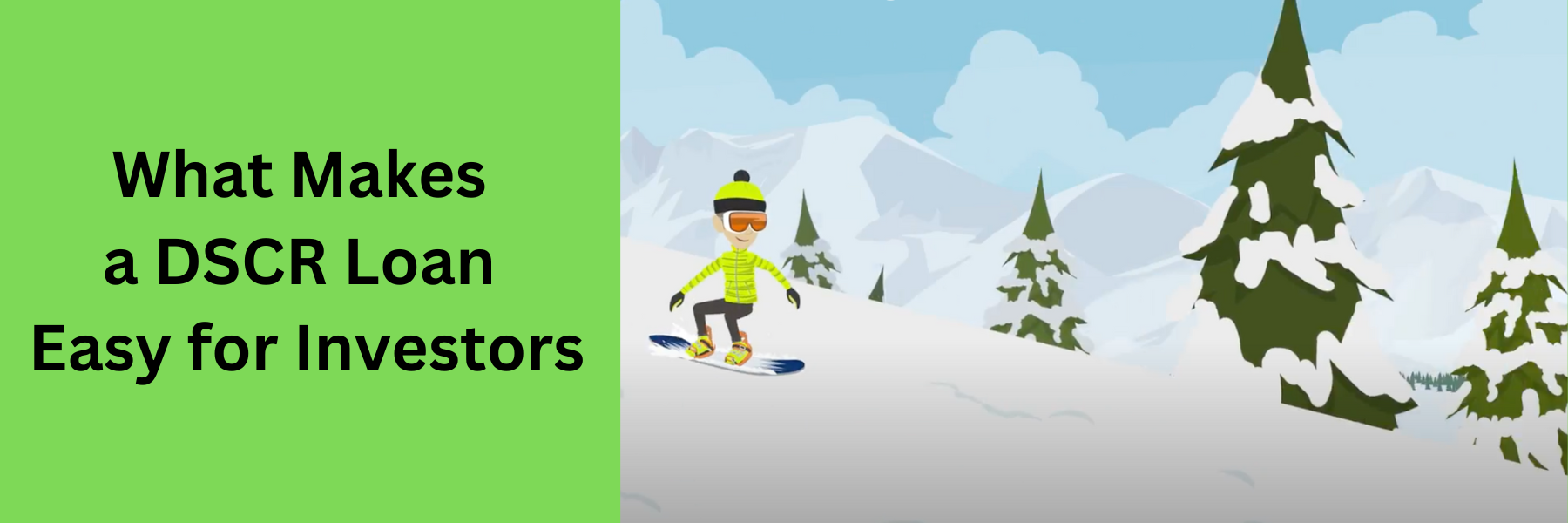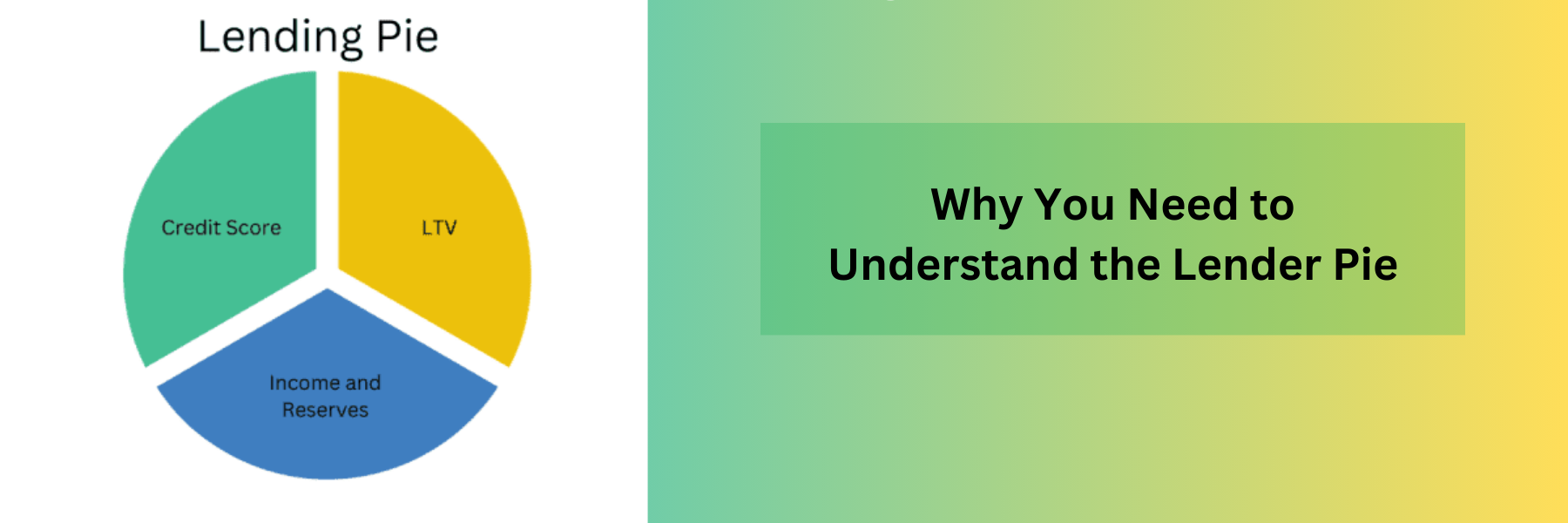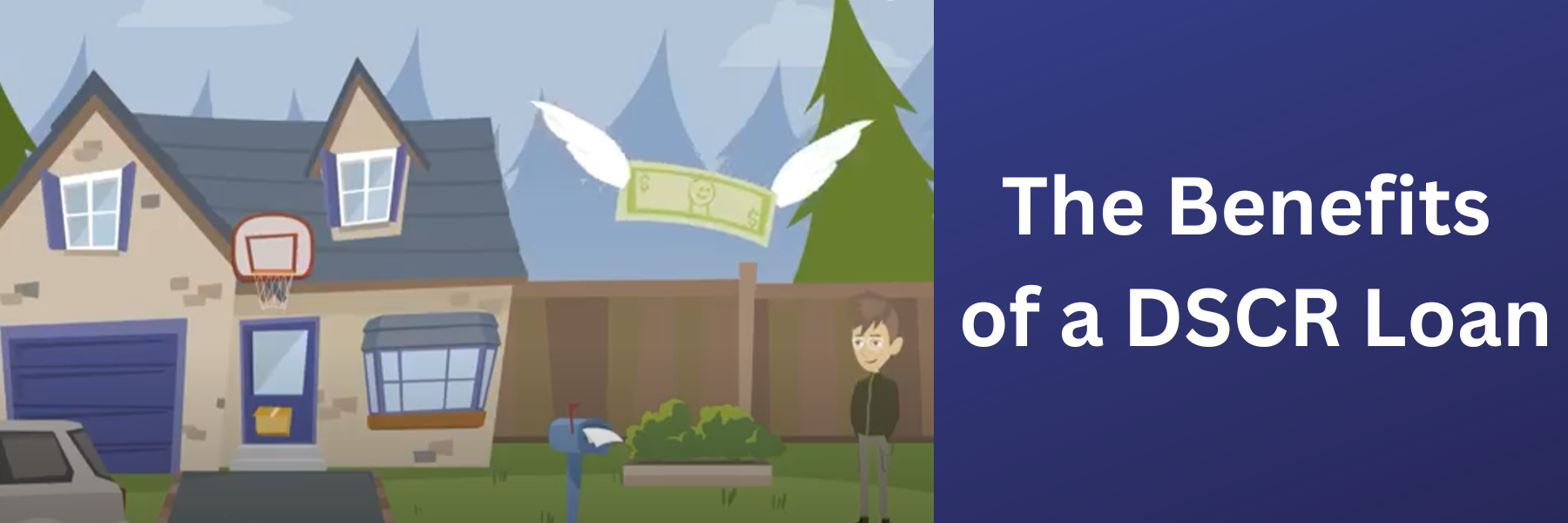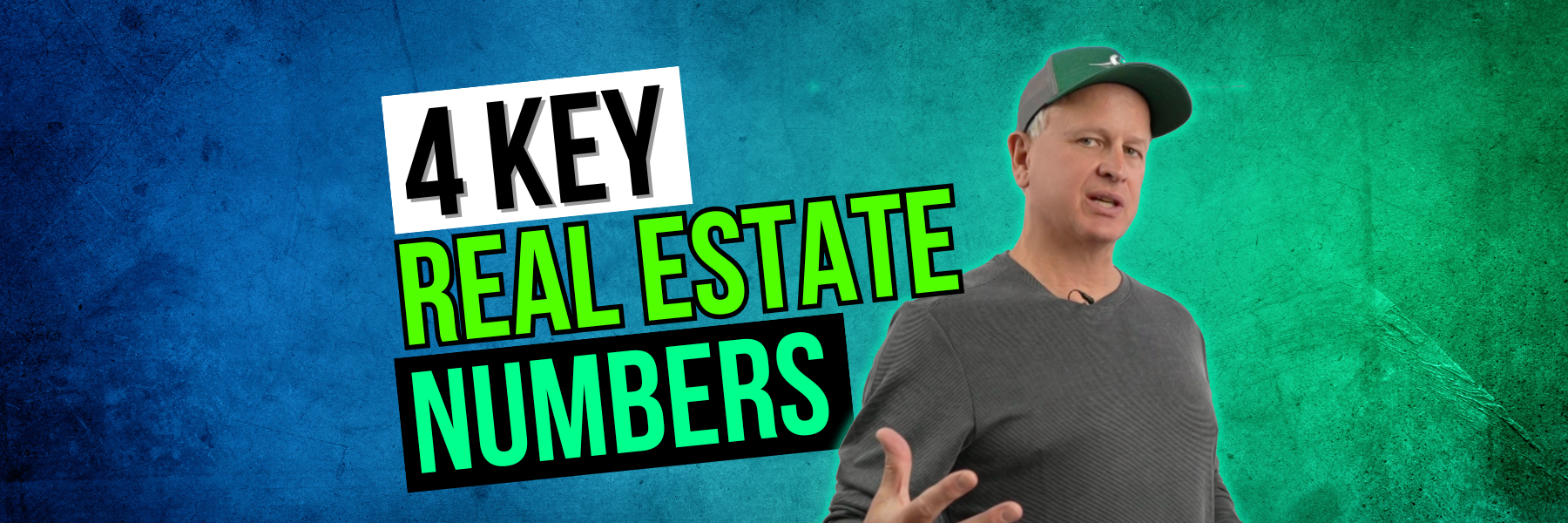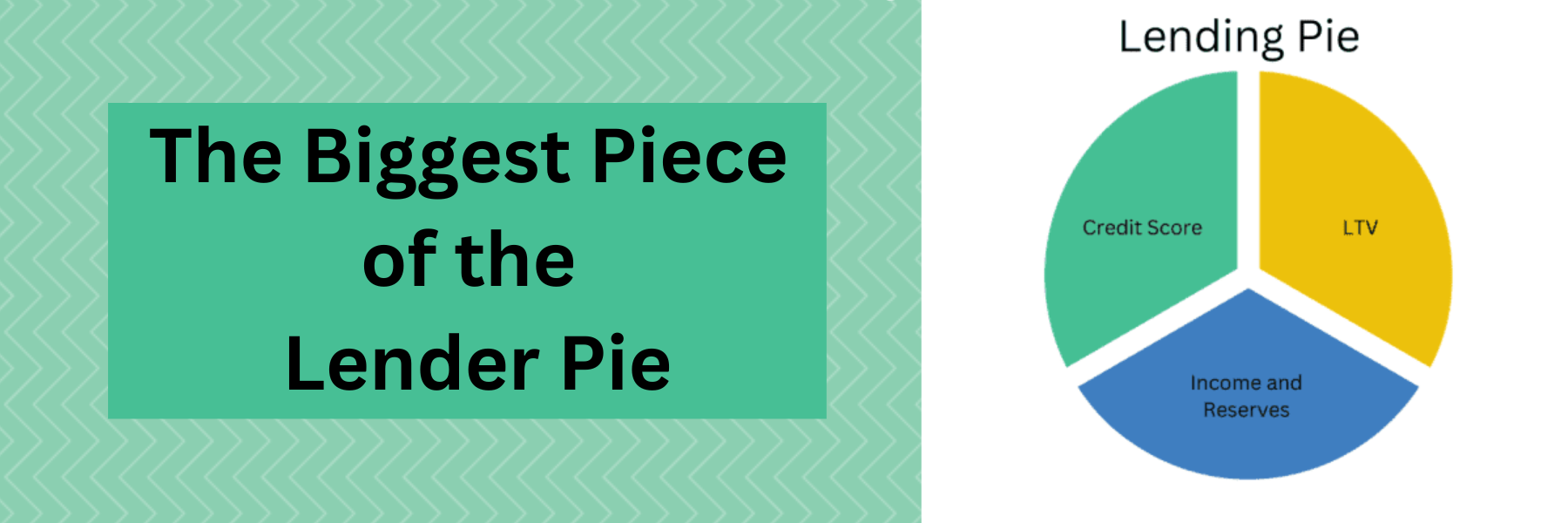Master These 4 Key Real Estate Loan Calculations
Today we are going to look at a few examples in order to help you visualize and master the 4 key real estate loan calculations. These 4 key calculations include how to calculate a point, simple interest, loan to ARV, and loan to value. It is important that you understand this when you are in real estate investing, because they will impact both your cash flow and closing costs. Grab your calculator, paper, and a pen!
What is a point?
When a lender says that they are going to charge you 1 or 2 points, what exactly does that mean? A point in the lender world means percent. Therefore, 2 points for example equals 2%. To clarify, it’s 2% of your loan amount, as opposed to your purchase price. This percentage is the amount that you are paying in the origination to the lender and it is included in your closing costs. The closing costs will also include down payment, appraisal, just to name a few. Let’s jump into an example to see how to calculate point.
For example:
Loan for $150,000
They will charge you 2%
Origination fee = $3,000
$150,000 x .02 = $3,000
You need to understand how to calculate a point because it will impact your closing cost and your overall cost of doing business.
How do you calculate your interest rate?
Not only does DSCR have some interest only options, but private money and hard money do as well. Today, we are looking at how to calculate the monthly interest rate on a simple mortgage. Just to clarify, monthly interest and simple interest are one in the same. So, if a lender says that you are going to be charged 11% or 12% on your loan amount, what does that mean? First and foremost, that 11% or 12% is an annual amount not a monthly amount. Let’s jump into an example to see how you calculate the interest rate.
For example:
Loan for $150,000
Lender says the interest rate is 11% (this is an annual amount)
$150,000 x .11 = $16,500 (this is the interest that is charged on an annual basis)
Now we have to divide it by 12 to determine the monthly interest cost.
$16,500 ÷ 12 = $1,375 monthly interest cost
It is important that you know how to calculate your interest rate because that is the monthly amount that is coming out of your pocket.
How do you calculate loan to ARV?
ARV, which stands for the after repair value, is also referred to as the anticipated amount. To put it another way, this is what you estimate the value of the property to be after you have finished your flip. The ARV is based on comparables and the current market. When your lender lends you money, part of that money is going to be based on the calculated ARV. That loan amount is also dependent on the lender’s loan to ARV percentage. This percentage is found by dividing the loan amount by the ARV. Let’s jump into an example and see how you calculate the loan to ARV percentage.
For example:
In this market, with a property that is all fixed up, the ARV is $300,000
The lender is able to lend $210,000 (because it will be based on the ARV and what their loan to ARV is)
So in this case, we divide the $210,000 by the $300,000, which equals a loan to ARV percentage, which is 70%.
$210,000 ÷ $300,000 = .70 loan to ARV percentage (70%)
This is important to know because lending companies will say what percentage they loan based on the ARV. By crunching the numbers, you can easily determine what the lenders loan amount would be for your property.
How do you calculate LTV?
LTV stands for loan to value. The difference between loan to ARV and loan to value is what the value represents. The value in LTV is the current value of the property with nothing else changed on it. Meaning, what is the value now? What is the value today? How do you find the value? This normally comes off of comps or appraisals that are done by the lender. Let’s jump into an example and see how you calculate the LTV percentage.
For example:
Purchase price (current value) $200,000
Loan amount $140,000
We are going to divide the loan amount by the purchase price.
$140,000 ÷ $200,000 = .70 LTV percentage (70%)
Again, by crunching the numbers, you can then determine what their loan amount would be for your property.
In conclusion
If you’re a new investor or even if you’re an old pro, you need to master these 4 key real estate loan calculations. As an investor these are the things that you are going to come across when you are working with lenders.
If you have any other questions or need a run through to show how things work, please contact us today!
Watch our most recent video to Master These 4 Key Real Estate Loan Calculations.

